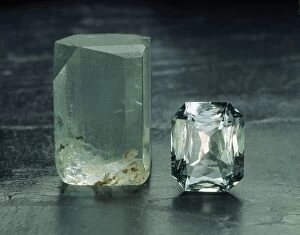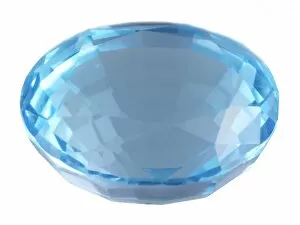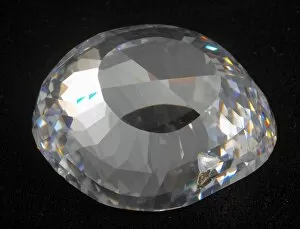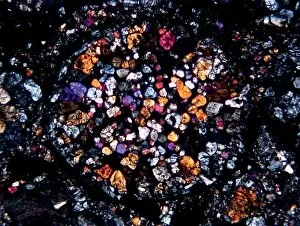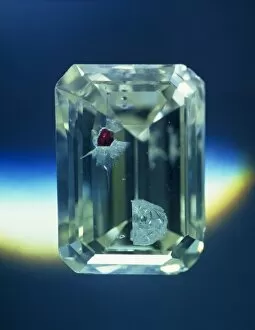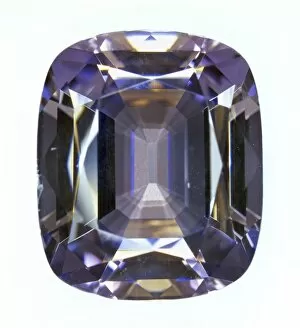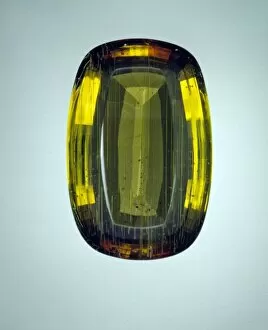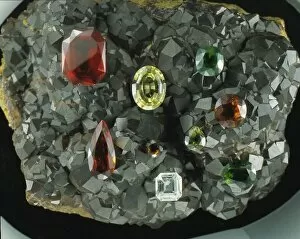Nesosilicate Collection (#2)
Nesosilicates, also known as island silicates, are a fascinating group of minerals that can be found in various forms and locations across the globe
For sale as Licensed Images
Choose your image, Select your licence and Download the media
Nesosilicates, also known as island silicates, are a fascinating group of minerals that can be found in various forms and locations across the globe. One such example is garnet peridotite, a rock composed mainly of olivine and pyroxene with scattered garnet crystals. This unique combination gives it a striking appearance. Another intriguing specimen is the section of Chassigny meteorite, which contains nesosilicate minerals formed under extreme conditions in outer space. The Esquel pallasite is another extraterrestrial marvel where beautiful gem-quality olivine crystals are embedded within an iron-nickel matrix. Zircon cut stones showcase the beauty and versatility of nesosilicates when used in jewelry. Their high refractive index and vibrant colors make them highly sought after by gem enthusiasts worldwide. Garnet-bearing rocks like schist exhibit stunning textures due to the intergrowth of different minerals. Jadarite, on the other hand, stands out for its rarity as it was discovered only recently in Serbia. Shale and garnet-mica-schist represent two contrasting types of metamorphic rocks; while shale has fine layers resulting from compacted clay particles over time, garnet-mica-schist displays distinct foliation due to intense pressure during formation. Peridot, often associated with volcanic activity or mantle-derived rocks like peridotite, showcases vivid green hues that captivate many admirers. Garnet-topped doublets combine this mesmerizing stone with other materials to create unique pieces of jewelry that catch everyone's attention. Illustrations depicting garnets within their host rock highlight their occurrence in nature and provide valuable insights into their crystal structure and formation processes. Nesosilicates continue to amaze scientists and enthusiasts alike with their diverse appearances across various geological settings - truly gems from Earth's treasure trove.

